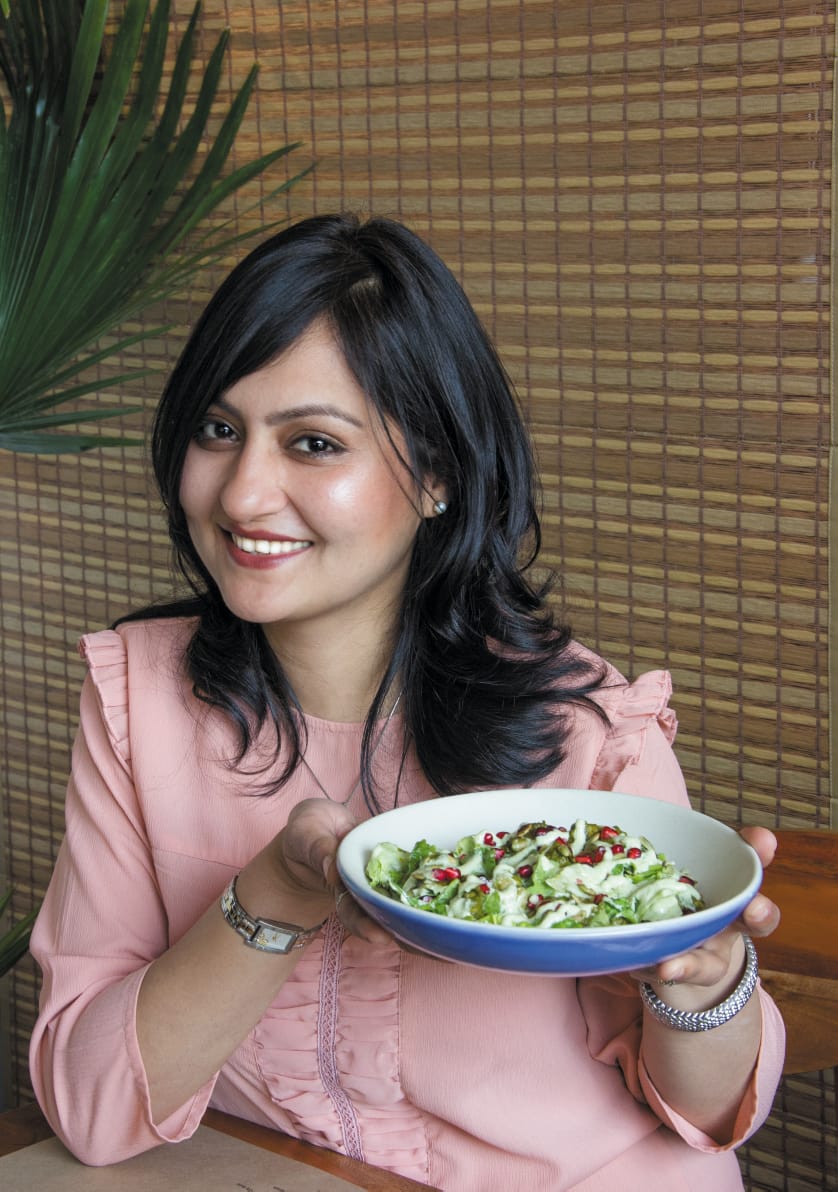Buying Packaged Food? A Nutritionist Explains The Red Flags You Should Look For!
When you pick up something at the grocery store, have you tried decoding the jumble of letters and numbers that its label carries?

The problem with packaged food like chips and biscuits is that we really can’t each just one. But, how often do you look at the nutritional value of what you are consuming? It is not enough to have organic fruits and vegetables when the snacks we consume are laden with unhealthy fats and carbs.
When you pick up something at the grocery store, have you tried decoding the jumble of letters and numbers that its label carries? Many times, we are lured in by the packaging and presentation of the product and fail to see the sugar content, the fat percentage, or even the allergen details that get lost in fine print.
Feel like a snack? Why not try this vacuum fried ripe jackfruit chips?
In this article, we try and decode that. According to a British Food Journal, difficult terminology, small font size and inability to understand nutritional labels are the major problems encountered by the consumers.
So what should you be looking at?
- Begin by going through the fine print at the back of the product you are about to buy. When you go through the list of ingredients, you are likely to encounter terms like calories, fats, carbohydrates, sodium, proteins and sugar. It is important to learn what each of these actually mean.
- Focus on the serving size.
- Look for the finer details – under fats, you will find saturated, trans-fat, Polyunsaturated fat, and monounsaturated fat. Avoid trans-fat and saturated fat. You can read more about trans fat in this article.
- Yet another important aspect that you must check is the sugar level. If the sugar levels are in excess of 20 per cent, it would do you good to stay away from the product.
- Those who suffer from heart ailments, are overweight or have high blood pressure must certainly check on the sodium levels in the food they are consuming. Food that is preserved or frozen will contain high sodium levels.
- Keep an eye out for the amount of preservatives and colour that the product has. While the preservatives are usually within the permissible limits, it is still better to check.
- Foods sold with a tag of high protein must contain at least 10 to 20 grams of protein per serving. So do calculate accordingly.
- The ‘Recommended Dietary Allowance’ (RDA) is defined as the nutrients present in the diet which satisfies the daily requirement of nearly all individuals. It is influenced by various factors such as age, gender, body weight, and physical activity etc. According to FSSAI, food labels have to declare, per serve percentage contribution to RDA on the front of the pack.
Dr Archana Batra, a Dietitian & Certified Diabetes Educator based in Gurugram says,
Always focus attention on serving size, calories, fat types, sugar and sodium content of the product that you wish to purchase.

Explaining why serving size is important, she says, “Serving size on the packaged food is often underestimated. For a more realistic idea about the calories you would be consuming, multiply the number of calories in a single serve with the number of servings in the package.”
For example, when you open a packet of chips and start eating, you never stop at one, and usually, the packet contains details of one serving size, which can differ from 6 chips to more. So calculate what you consume accordingly.
Explaining the fat types, Dr Batra says, “Fat types are really significant. Trans fats in the packaged item should be zero as trans fats increase the bad cholesterol and decreases the good one. Saturated fat should be based upon 7 per cent of the calories allowed per day.” Which means that if a person is on a 1800 kcal diet, the total saturated fat consumption/intake should not be more than 14 g. So always check on this.
Some common mistakes to avoid:
1) Do not underestimate the serving sizes
2) Do not fall for advertisers using terms like ‘Healthy’, ‘Heart Healthy’, ‘Diet’ etc. These are highly misleading.
3) A food labelled healthy/low fat could be loaded with sugar and refined carbohydrates, which as per research are much more harmful than the unsaturated fat.
4) Also, beware of the terms ‘natural’, for example, natural yogurt may be thickened with xanthan gum – a bacterial by-product.
In conclusion, she says, “the fewer the ingredients in a product, the better it is. Similarly, the more the terms are unfamiliar the adverse the effect.”
Also Read: This Mother Has Helped 1240 Kids With Blood Cancer Get Medical Treatment!
(Edited by Saiqua Sultan)
Like this story? Or have something to share?
Write to us: [email protected]
Connect with us on Facebook and Twitter.
If you found our stories insightful, informative, or even just enjoyable, we invite you to consider making a voluntary payment to support the work we do at The Better India. Your contribution helps us continue producing quality content that educates, inspires, and drives positive change.
Choose one of the payment options below for your contribution-
By paying for the stories you value, you directly contribute to sustaining our efforts focused on making a difference in the world. Together, let’s ensure that impactful stories continue to be told and shared, enriching lives and communities alike.
Thank you for your support. Here are some frequently asked questions you might find helpful to know why you are contributing?


This story made me
-
97
-
121
-
89
-
167











